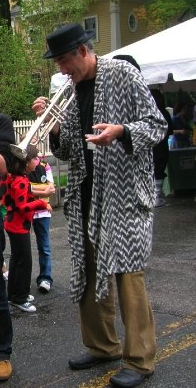We know that this healthy, deeply American process is being threatened, but we won't sit back and let that happen.
.jpeg) Instead, we have raised money to purchase abandoned factories and made the windows available for target practice. We have brought thousands of de-commissioned street lights to our compounds so that young people can exercise their minds and bodies in the same way that ancient Greeks would train to throw the javelin.
Instead, we have raised money to purchase abandoned factories and made the windows available for target practice. We have brought thousands of de-commissioned street lights to our compounds so that young people can exercise their minds and bodies in the same way that ancient Greeks would train to throw the javelin. We have designed a fabrication system that quickly renders a realistic 3-D target of the thrower's brothers and sisters.
.jpeg) This adds verisimilitude to the process and our psychologists say it can help defuse sibling rivalries.
This adds verisimilitude to the process and our psychologists say it can help defuse sibling rivalries. There are ignorant people who don't know the difference between a hand rock, a hunting stone and an assault boulder and it is the misplaced moral judgements of these pathetic liberals that threatens to force rock throwing into a dark, uncontrolled underworld environment, where the building of satanic stone cairns and altars can flourish.
Finally, we have begun stockpiling rocks as a necessary hedge against secret governmental plans to confiscate all rocks. We can and will fight this threat. The hulking monster that is our government daily threatens our precious independence, but we must take inspiration from the biblical story of Davis and Goliath; a story that shows us the continuing need to defend our right to bear rocks.


.jpeg)
.jpeg)
.jpeg)


.jpeg)
.jpeg)


.jpeg)